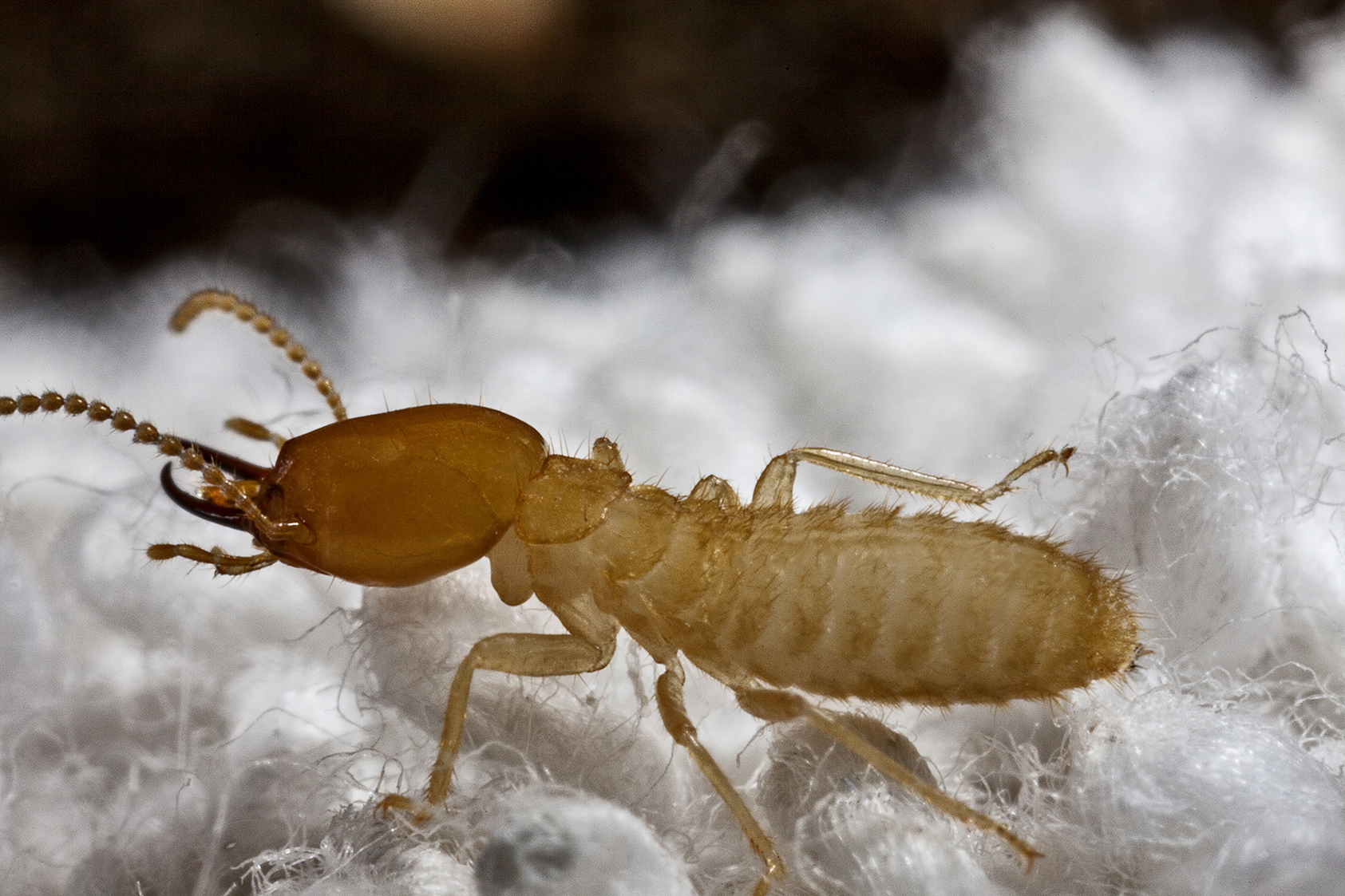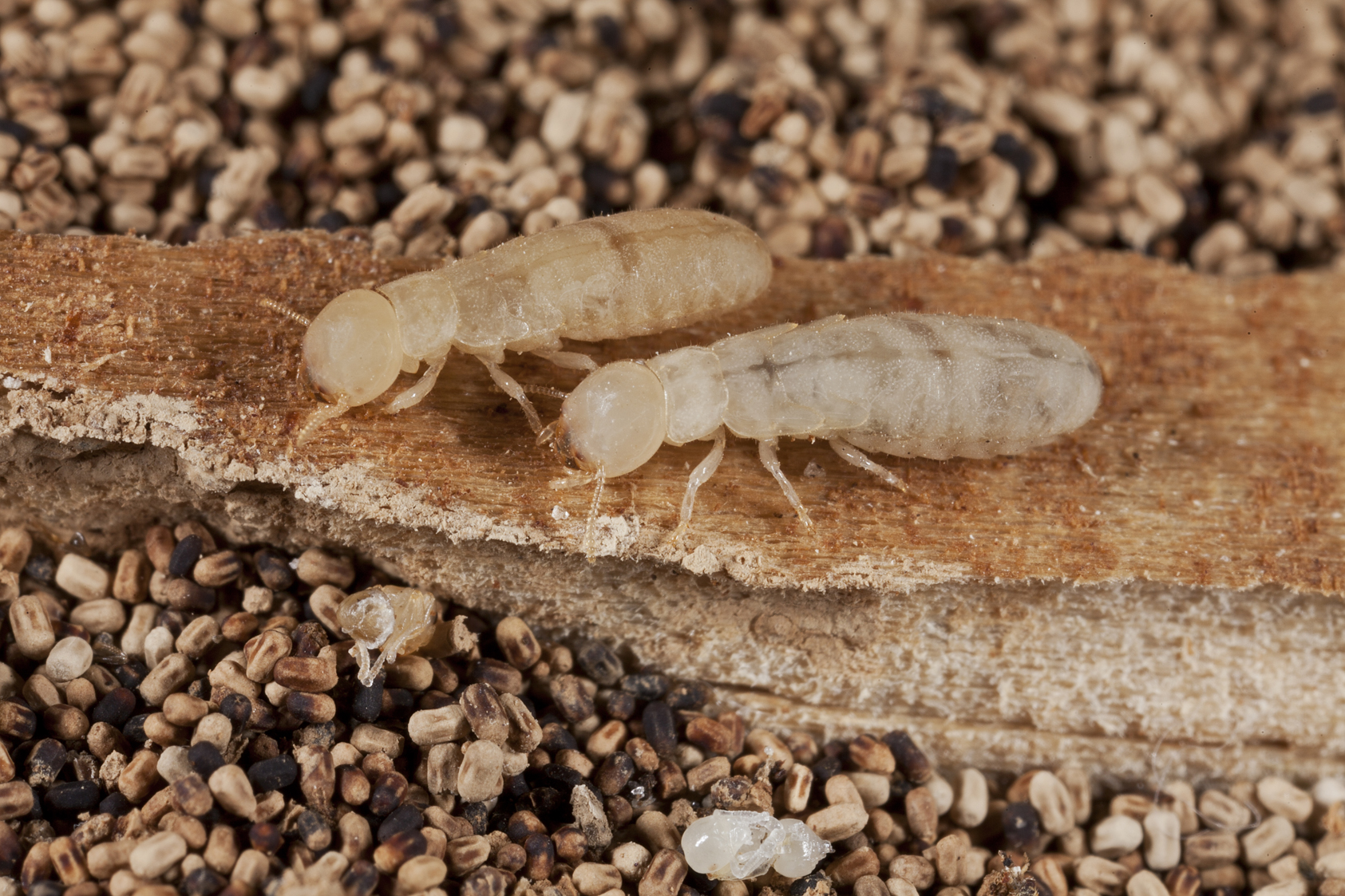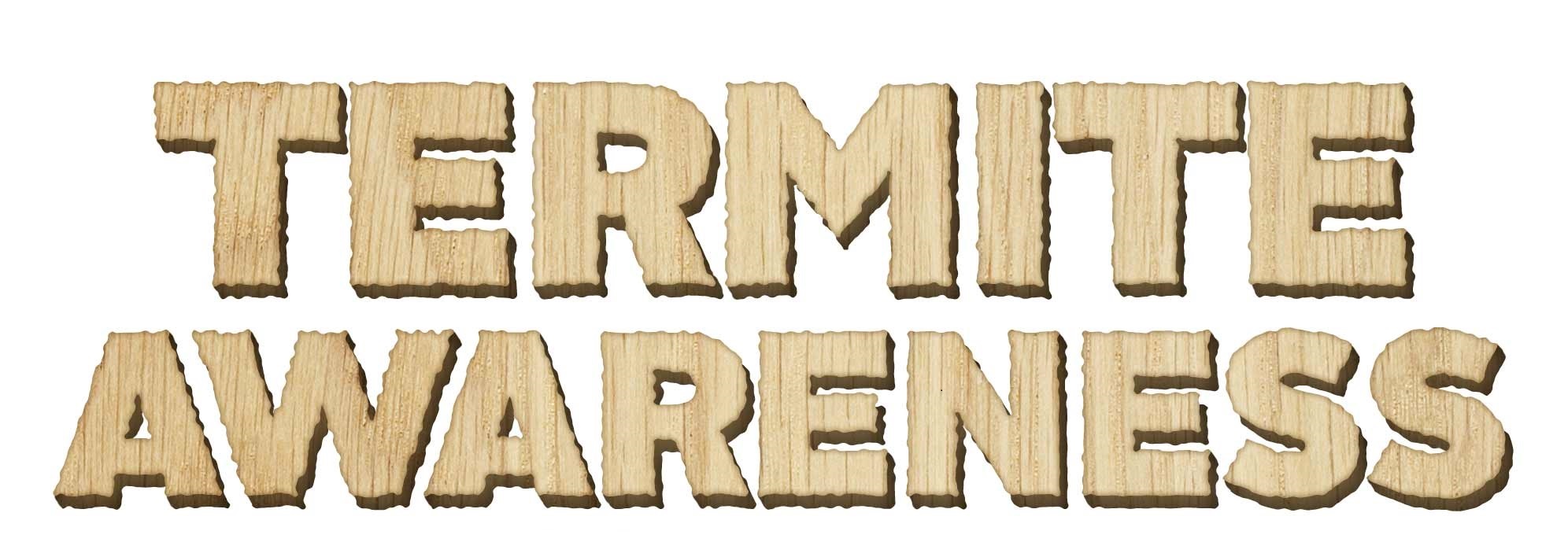Termites can be found in every state except for Alaska, but in South Florida’s subtropical climate we are especially susceptible to termite infestations. According to the National Pest Management Association, termites cause over $5 billion in property damage each year in the United States! Termites are wood-destroying insects whose presence dates back to the dinosaurs. Termites are known as “silent destroyers” because of their ability to chew through wood, flooring and even wallpaper undetected. There are about 2,000 known species of termites in the world, but the most common termite species found in the United States are subterranean termites, Formosan termites, dampwood termites, and drywood termites. South Florida houses all four of these species.  Dampwood termites commonly live in heavily forested areas of the country as they prefer wood with a high moisture content. They are normally larger than other termite species. Drywood termites, much more rare in most of the United States but very common in Florida, prefer extremely dry wood like that found in attic framing. They live in colonies of up to 2,500 members and usually swarm on sunny, warm days after a sudden rise in temperature. Formosan termites, also known as “super termites,” are an extremely aggressive termite species originally from China. They live in huge underground colonies, with an average of 350,000 workers and build intricate mud nests in the ground. Subterranean termites are by far the most destructive termite species. They live in underground colonies with as many as two million members. Subterranean termites use their scissor-like jaws to eat wood 24 hours a day, seven days a week.
Dampwood termites commonly live in heavily forested areas of the country as they prefer wood with a high moisture content. They are normally larger than other termite species. Drywood termites, much more rare in most of the United States but very common in Florida, prefer extremely dry wood like that found in attic framing. They live in colonies of up to 2,500 members and usually swarm on sunny, warm days after a sudden rise in temperature. Formosan termites, also known as “super termites,” are an extremely aggressive termite species originally from China. They live in huge underground colonies, with an average of 350,000 workers and build intricate mud nests in the ground. Subterranean termites are by far the most destructive termite species. They live in underground colonies with as many as two million members. Subterranean termites use their scissor-like jaws to eat wood 24 hours a day, seven days a week.  Termites tend to swarm in the early spring and are often confused as flying ants. Telltale signs of a termite infestation include soft, decayed wood in the home, mud tubes in the interior or exterior of your home (often near the foundation), and darkening or blistering of wood structures. Termites eat 24 hours a day, 7 days a week, which means damage to wood in and around a structure can happen very quickly. To make matters worse, typically, homeowner’s insurance does not cover termite damage. Most pest infestations and accompanying damage are considered maintenance issues by insurance carriers, so maintaining a termite free property is imperative. So what can a homeowner do to prevent termites? There are many steps a homeowner can take to help prevent termites from infesting their property. Most importantly, a homeowner should eliminate or reduce moisture in and around their home, which termites need to thrive. Divert water away from the home’s foundation by installing properly functioning downspouts, gutters and splash blocks. Reduce humidity in crawl spaces with proper ventilation. Trim vines, hedges and other vegetation to prevent them from blocking vents. Remove old form boards, tree trunks and roots near a building, as they may attract termites. In addition, maintain an 18-inch gap between soil and any wood portions of your home. Finally, routinely inspect the foundation of the home for signs of termite damage. If you are still concerned about termite infestations, you can contact a licensed professional for preventative treatments. There are several options that are both effective and environmentally sensitive.
Termites tend to swarm in the early spring and are often confused as flying ants. Telltale signs of a termite infestation include soft, decayed wood in the home, mud tubes in the interior or exterior of your home (often near the foundation), and darkening or blistering of wood structures. Termites eat 24 hours a day, 7 days a week, which means damage to wood in and around a structure can happen very quickly. To make matters worse, typically, homeowner’s insurance does not cover termite damage. Most pest infestations and accompanying damage are considered maintenance issues by insurance carriers, so maintaining a termite free property is imperative. So what can a homeowner do to prevent termites? There are many steps a homeowner can take to help prevent termites from infesting their property. Most importantly, a homeowner should eliminate or reduce moisture in and around their home, which termites need to thrive. Divert water away from the home’s foundation by installing properly functioning downspouts, gutters and splash blocks. Reduce humidity in crawl spaces with proper ventilation. Trim vines, hedges and other vegetation to prevent them from blocking vents. Remove old form boards, tree trunks and roots near a building, as they may attract termites. In addition, maintain an 18-inch gap between soil and any wood portions of your home. Finally, routinely inspect the foundation of the home for signs of termite damage. If you are still concerned about termite infestations, you can contact a licensed professional for preventative treatments. There are several options that are both effective and environmentally sensitive. 
Nozzle Nolen is a member of the U.S. Green Building Council (USGBC). For more information about Nozzle Nolen and its Certified Green Solutions Program, visit www.nozzlenolen.com or call (800) 22-NOLEN.

